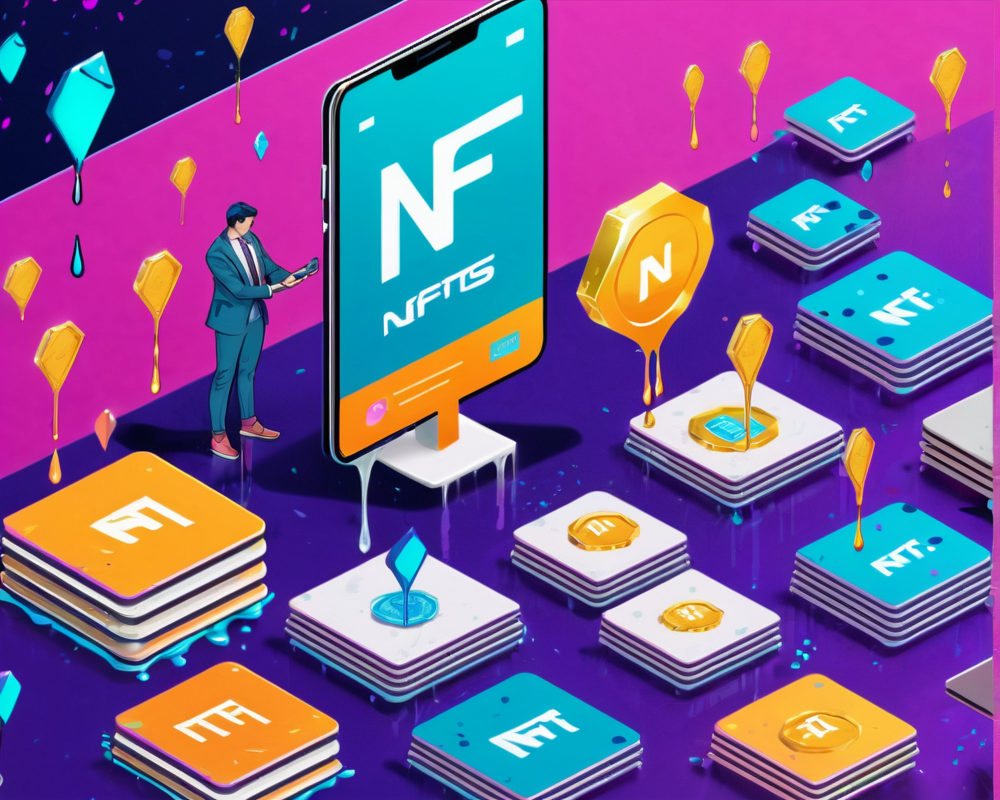The Tokenization Odyssey: A Glimpse into the Future
According to visionary Cynthia Wu, we’re standing on the brink of a revolution where every real-world asset class could soon be tokenized. Yes, you heard that right! NFTs (non-fungible tokens), usually associated with digital collectibles like cartoon monkeys and pixelated cats, are about to shake hands with serious financial assets like real estate, stocks, and bonds.
The New Financial Infrastructure
Wu elaborates that the best-case scenario unfolds with these assets stored and traded on-chain. Think of it: instead of wrestling with a mountain of paperwork to buy a house, you could own a digital deed represented as an NFT. Wu believes this new infrastructure will dominate how we manage financial assets.
Liquidity: The Secret Sauce
In Wu’s world, tokenization isn’t just a flashy trend; it’s a way to make assets more liquid. She points out that moving real estate and equities on-chain will enhance price discovery and transaction activity. In simpler terms, it means buying and selling could become as easy as ordering takeout—just click and confirm!
The Current Landscape: A Work in Progress
While Wu’s outlook is rosy, she admits we’re hovering at just 3-5% of tokenization potential being realized. The vast majority of NFT transactions have revolved around digital collectibles, but Wu remains optimistic. According to a report from the Boston Consulting Group, tokenized illiquid assets might hit an impressive $16.1 trillion by 2030, thanks to pre-IPO stocks, real estate, private debts, and revenue from small to medium-sized businesses.
Resistance from Legacy Systems
Despite the allure of blockchain, some financial institutions cling to their trusty legacy systems. Wu underscores that traditional finance has often dismissed the non-fungible asset trading since it’s like trying to mix oil and water. Yet, blockchain is offering a lifeline. It promises efficiency, liquidity, round-the-clock market access, and the closure of those pesky intermediaries—like a financial wizard removing the magicians from the stage.
A Bright Future for Blockchain
As we look ahead, Wu believes the tides are turning. The traditional financial system, despite being well-oiled, may need a makeover. She advocates that adopting blockchain infrastructure is not just about keeping up with the Joneses; it’s about gearing up for a future where digital ownership becomes a norm rather than an anomaly.
In the end, the potential of tokenization is enormous, and while the landscape today may still be a bit cartoonish, Wu is confident that it’s just the beginning of a more sophisticated—and profitable—future.




